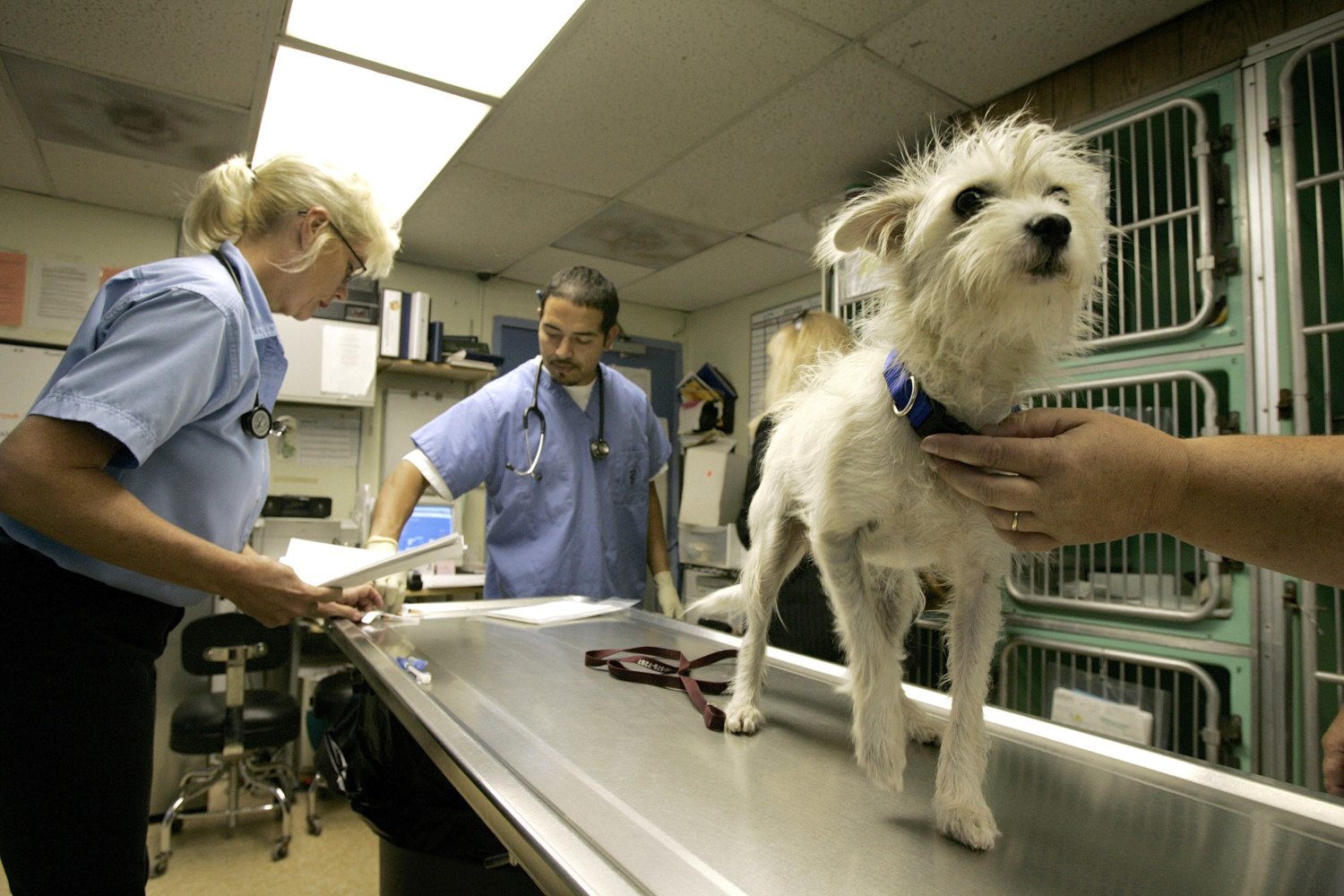How To Know If Your Dog Is In Anaphylactic Shock
If you’re a dog owner, you probably want to read this. You may know that there are certain substances that can be deadly for dogs, like chocolate and the sugar substitute xylitol. However, there is another potentially deadly condition for dogs that can be triggered by any number of substances. It’s called anaphylaxis, or allergic shock, and it’s an emergency situation that occurs when an animal has an adverse reaction to a certain allergen.
Almost anything can cause a dog to go into anaphylaxis, like insect stings, drugs or food. And any dog can be allergic to any substance, so it can be difficult to predict what could produce a reaction in your dog.
While it may be next to impossible to safeguard your dog against all possible dangerous allergens, there are some signs and symptoms to watch out for.
Symptoms of Anaphylaxis In Dogs
Symptoms of anaphylaxis in dogs include trouble breathing, vomiting, urination and trouble controlling their bowels. They may also drool, appear lethargic or weak and develop hives.
Within minutes of exposure, the dog can begin exhibiting symptoms. So if you believe your dog has been exposed to an unusual substance or has received an insect bite and is showing any of these signs, it’s important to take action as soon as possible.
According to Pet MD, treatment is usually a multi-pronged approach, and can involve a vaccine, opening the airway so the dog can breathe, administration of fluids, antihistamines and drugs like epinephrine if the shock is severe enough. In extreme cases, life support can be required.
Preventing Allergic Reactions In The Future
While you might not be able to predict what will affect a dog the first time, once an allergy is detected, it’s important to take steps to ensure it doesn’t happen to your pet again.
Even a slight allergic reaction can turn into full-blown anaphylaxis upon repeated exposure. So if your dog has previously had an allergic reaction to a bee sting, you can get an Epipen from your veterinarian to have on hand to administer life-saving medicine if your dog gets stung again.
For some types of allergies, like skin allergies, your dog can be evaluated for a veterinary dermatologist for extensive testing, very similar to the “scratch test” or blood tests used on humans to identify allergens. Then you will be armed with the knowledge of what will elicit an allergic reaction in your dog and plan accordingly.
Bottom line: If your dog is exhibiting strange behavior, err on the side of caution and get her to the vet as soon as possible.








